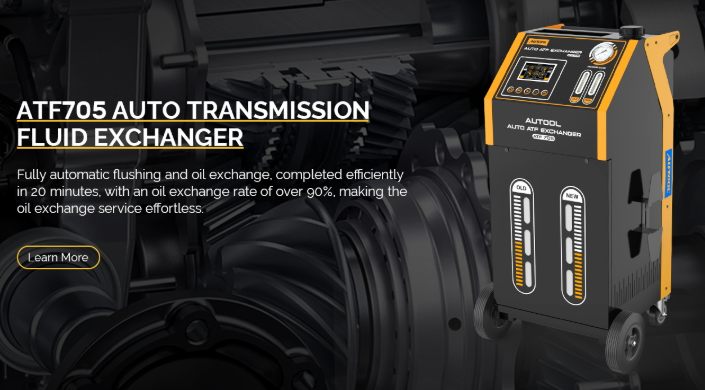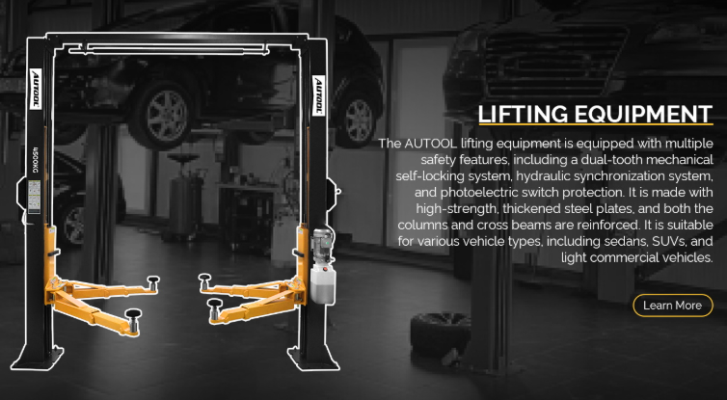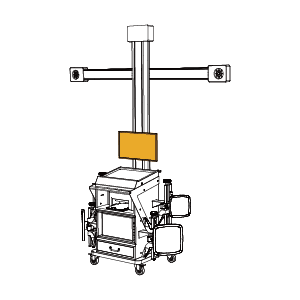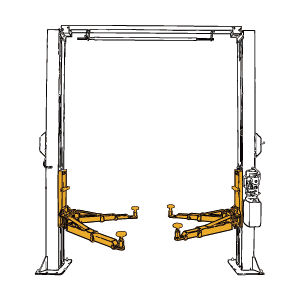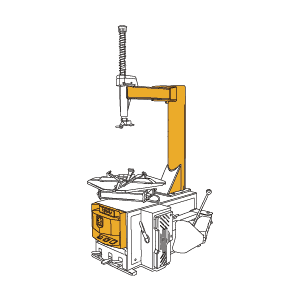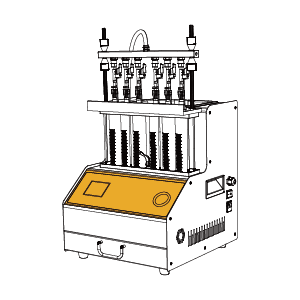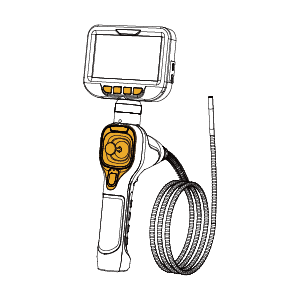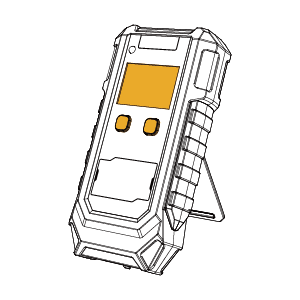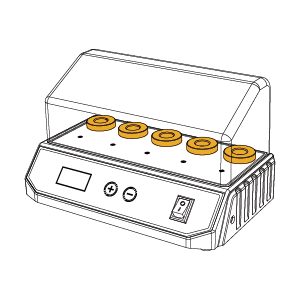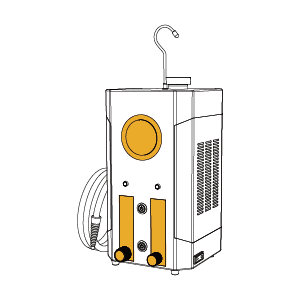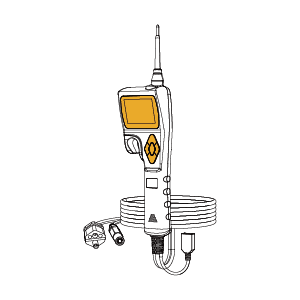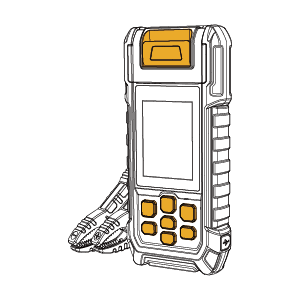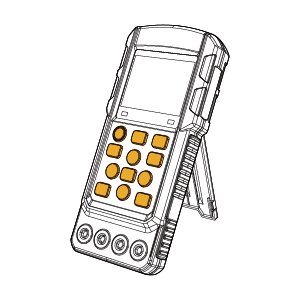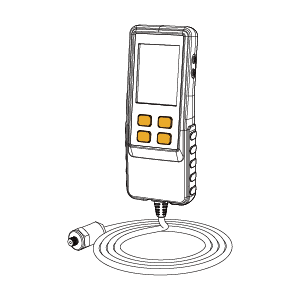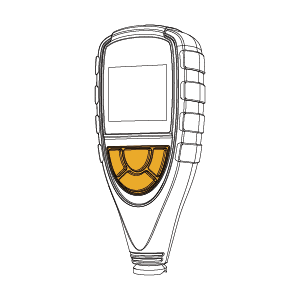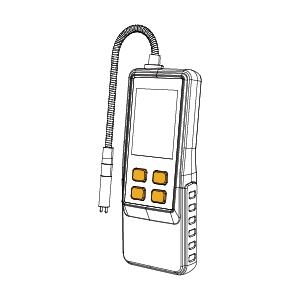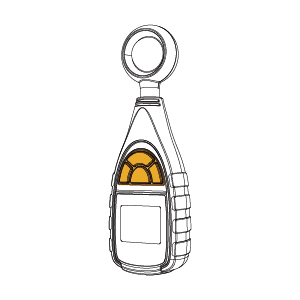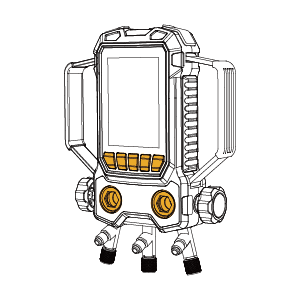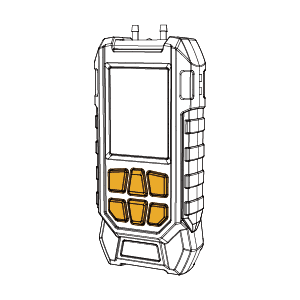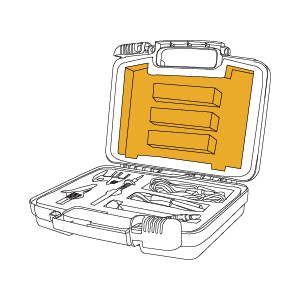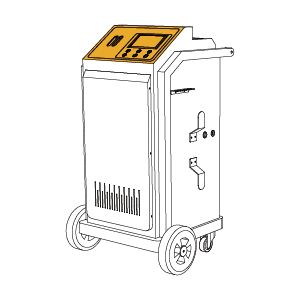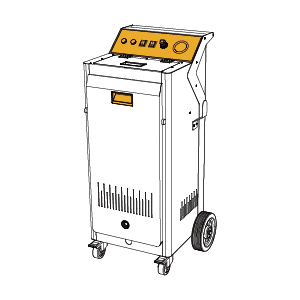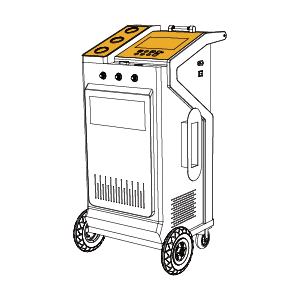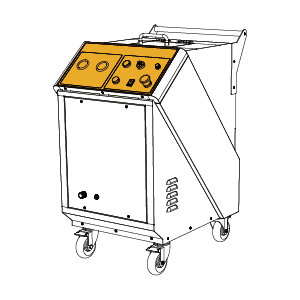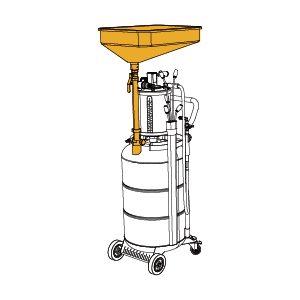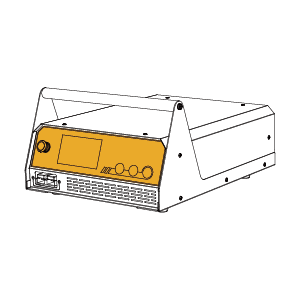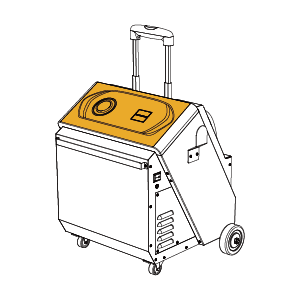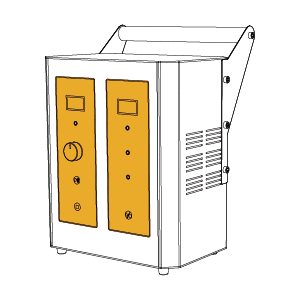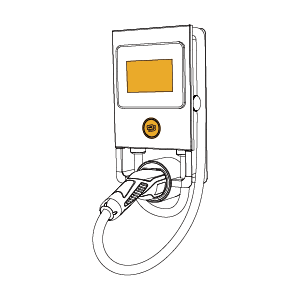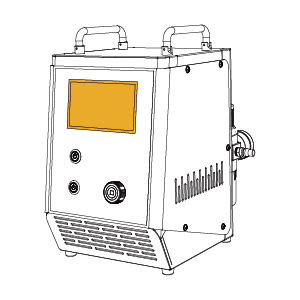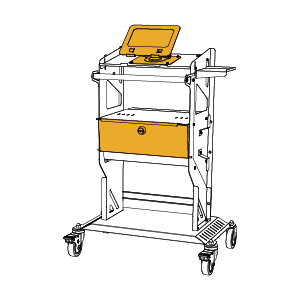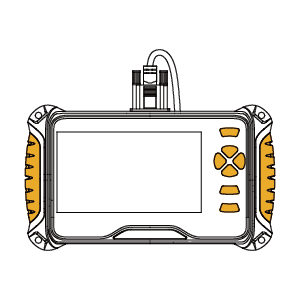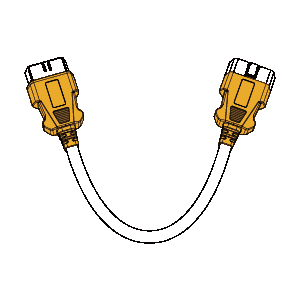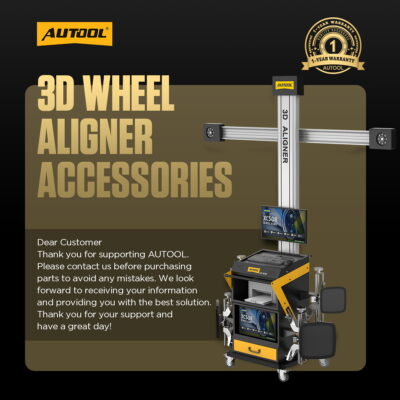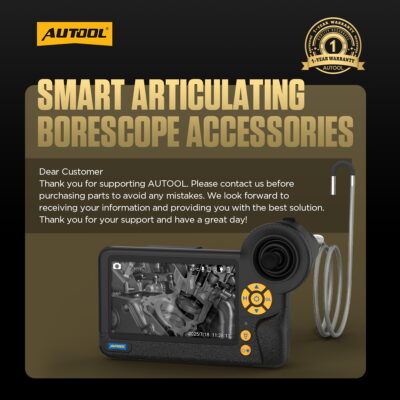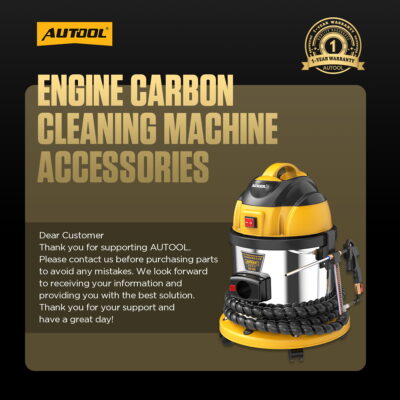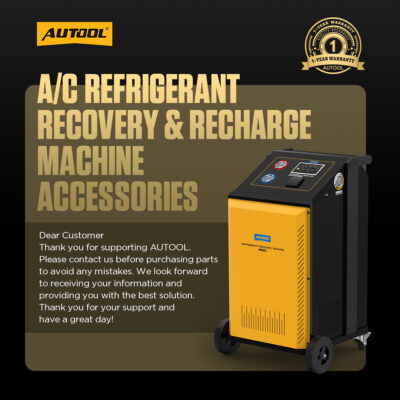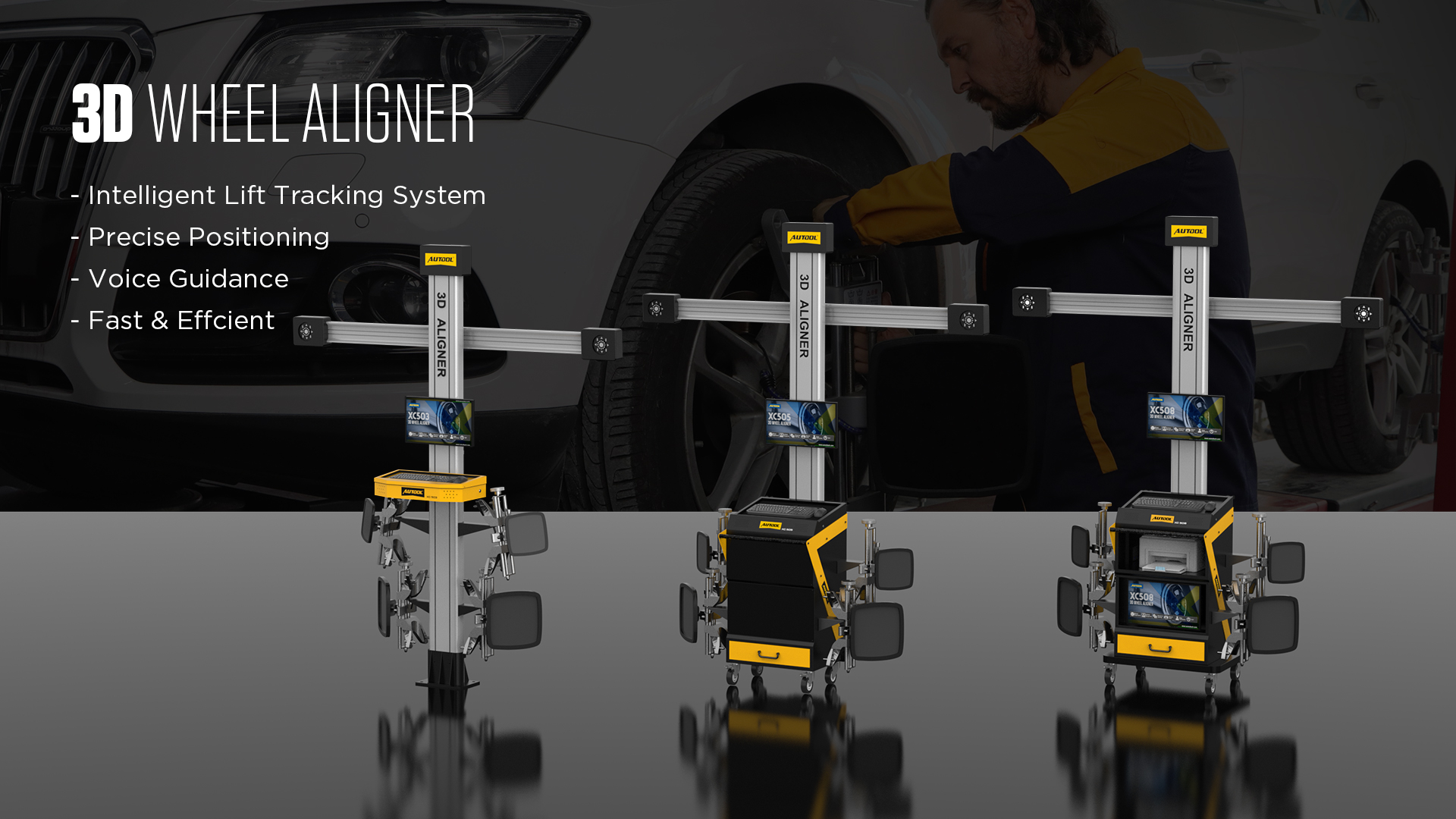Repair Information, Tips & Tutorials
Car Pulling? Wheel Alignment & Suspension Issues
Car pulling is a common problem caused by things like bad wheel alignment, uneven tire pressure, or unbalanced wheels.
As a car goes faster, pulling becomes more dangerous, but it’s often hard to find and fix the cause. Most pulling problems come from bad wheel alignment, small differences or errors in the suspension system, uneven tire pressure, or unbalanced wheels.
This article looks at these four main causes — wheel alignment, suspension issues, tire pressure, and wheel balance — to help you clearly understand what causes pulling and how to fix it.
Three Common Types of Vehicle Pulling Issues
- Driving Pull
Under steady-speed driving on a straight road, the vehicle requires continuous steering input (external force on the steering wheel) to maintain a straight path. If the steering wheel can stay stable without external force but the vehicle still doesn’t go straight, it will pull either to the left or right.
- Acceleration Pull
This type of pulling is only noticeable when accelerating. At constant speed, it’s less obvious. The amount of pull varies depending on how aggressively the vehicle accelerates.
- Braking Pull
Similar to acceleration pull, this pulling only becomes obvious under braking. At steady speed, it’s not apparent. The degree of pull changes based on the intensity of braking.
Wheel Alignment Errors: The Most Common Culprit Behind Vehicle Pulling
1. Impact of Camber Angle Deviation
Camber angle is how much the top of the wheel leans outward from vertical. This tilt makes the wheel roll like a cone and push outward. Even if both wheels have camber angles within the allowed range, if the total camber isn’t zero, the outward forces won’t balance, causing the car to pull. The bigger the camber angle, the more the tire rolls outward, and the car is more likely to pull to the side with the larger camber.
Symptoms of Abnormal Camber Angle:
- Uneven tire wear on one side (either outer or inner edge).
- Vehicle aggressively pulls to one side after releasing the steering wheel, with the direction hard to correct.
- Severe body roll and loss of grip during cornering, making the car feel unstable or prone to tipping.
- The driver must hold the steering wheel at an angle to keep the vehicle driving straight.
2. Impact of Toe Angle on the Vehicle
The toe angle refers to the difference between the distance of the front edges and the rear edges of the front (or rear) wheels when viewed from directly above. It affects overall vehicle stability, handling, tire wear, fuel consumption, and ride comfort. You should perform a wheel alignment check after every tire change, suspension repair, or chassis impact to keep your vehicle in optimal condition.
- Positive Toe (Toe-in):</strong> The front edges of the tires are closer together than the rear edges, commonly called “toe-in” or “pigeon-toed.”
- Negative Toe (Toe-out): The front edges of the tires are farther apart than the rear edges, known as “toe-out.”
Main Effects of Toe Angle on the Vehicle
- Tire Wear
- Excessive Positive Toe (Toe-in): When toe-in is too large, the outer edges of the front tires wear rapidly, causing the tire outer tread to wear down quickly.
- Excessive Negative Toe (Toe-out): When toe-out is too large, the inner edges of the front tires wear rapidly, resulting in much faster wear on the inner tread compared to the outer.
Excessive toe angle leads to uneven tire wear (“sawtooth wear”), which shortens tire life and can cause pulling, noise, and increased fuel consumption.
- Straight-line Stability
- Proper Positive Toe: When the toe-in is balanced, the inward forces from the two front wheels counterbalance, resulting in stable straight-line driving without pulling or wobbling (like a shopping cart with slightly inward-angled front wheels that roll straight and steady).
- Toe Angle Imbalance: If the left and right toe angles differ significantly, the vehicle will pull toward the side with the more extreme toe angle.
- Steering Feel & Cornering Performance
- Negative Toe (Toe-out): With toe-out, the front wheels “toe-out” during cornering, making the steering lighter and more responsive but reducing high-speed stability. This setup suits racing or vehicles prioritizing agility and sharp turns.
- Positive Toe (Toe-in): With toe-in, steering feel during cornering is steadier, though the response is less sharp than toe-out. This is preferred for everyday family cars prioritizing straight-line stability.
This explains why race cars usually have a slight toe-out setup for quick steering, while passenger cars use slight toe-in for steady driving. If your car’s tires wear evenly but it pulls to one side, steers loosely, or feels strange when cornering, you probably need to have the toe angle adjusted at a repair shop. Both camber and toe angles must be measured with a wheel alignment machine—even a 0.5° difference can cause problems. Adjusting them requires special tools to fix the suspension arms and steering parts.
The vehicle’s approach angle and departure angle are critical parameters that measure its off-road capability. These two angles together determine how well a vehicle can ascend or descend steep slopes and overcome obstacles without the body or chassis scraping the ground. The setback angle</strong> (also called axle setback) is primarily designed to compensate for the effects of crowned or arched road surfaces.
However, when the setback angle reaches a certain degree, it may cause the vehicle to pull or drift during driving, with the pulling tendency toward the side with the shorter wheelbase.
4. Caster Angle and Its Impact on car pulling
When a driver turns the steering wheel, the front wheels pivot around an imaginary axis called the steering axis (also known as the kingpin axis<span style=”color: #555555;”>). The caster angle refers to the angle between this steering axis and the vertical line, measured as the upper end of the steering axis tilting backward relative to the lower end.
<p class=”otl-paragraph ai-optimize-51″>Although not directly visible, the caster angle is a key parameter in the steering geometry that deeply influences vehicle handling stability, steering feel, and overall driving safety.
=”otl-paragraph ai-optimize-52″>The larger the caster angle, the stronger the steering wheel’s self-centering torque, making the vehicle less prone to drifting during driving.
Caster angle provides a natural steering return force. When you release the steering wheel, the front wheels automatically straighten, enhancing driving comfort and reducing driver fatigue. If the caster angle is insufficient, the steering can feel vague or “wandering,” and the wheels may not return promptly after releasing the wheel.
In most vehicles, the caster angle is determined by the suspension geometry and cannot be adjusted independently. If a deviation in caster angle is detected:
- It may indicate chassis damage or deformation caused by impacts (such as bent steering knuckles or shifted strut mounts).
- It is necessary to inspect, correct the suspension geometry, or replace damaged components.
- This is commonly observed in accident-damaged vehicles, or after suspension component replacement without proper alignment correction.
- Accurate assessment usually requires four-wheel alignment inspection or even frame straightening using specialized chassis measuring equipment.
Important notes:
Since KPI cannot be corrected by conventional adjustments (unlike toe or camber angles):
- Any deviation generally indicates underlying chassis or suspension structural issues;
- Professional diagnostic tools such as four-wheel alignment machines or chassis measurement systems must be used for detection, and structural components may need correction or replacement depending on the severity.</li>
In summary, Kingpin Inclination is a crucial parameter for assessing whether a vehicle’s chassis geometry is intact and whether it has suffered impact damage.
Suspension System Manufacturing Variations and Joint/Connection Errors
The suspension system connects the car body to the wheels and helps absorb bumps from the road. If there are mistakes in how it’s made or put together, it can affect how the car drives and cause it to pull or drift. The suspension includes springs and shock absorbers placed between the car body and the tires, supporting the whole vehicle.
Its main job is to hold up the car body and make the ride smoother. Different suspension designs give different driving feelings. The suspension is also very important for how well the car performs overall.
Components of the Suspension System
The suspension system consists of elastic elements, guiding mechanisms, and shock absorbers. Elastic elements include leaf springs, air springs, coil springs, and torsion bars. Modern passenger cars mostly use coil springs, while some high-end models employ air springs.
Common Symptoms of Suspension Problems</h4>
- Severe shaking when passing over speed bumps or uneven roads, with a loss of cushioning effect, makin
g the vehicle feel unstable or “falling apart.”
- “Clunking” or knocking noises when pressing down on the vehicle, with increased noise over rough roads.
- Vehicle pulling to one side and uneven tire wear (“tire eating”).
- Increased front-end “nodding” when braking and more pronounced body roll when cornering.
What to Do When Suspension Problems Are Detected?
1. Stop aggressive driving immediately: Avoid hard braking, sharp turns, abrupt cornering, or driving over curbs to prevent worsening the issue or causing accidents.
>2. Have the chassis inspected at a reputable repair shop: Choose a shop equipped with four-wheel alignment machines, suspension gap measuring tools, and experienced technicians to perform:
- Visual inspection for leaks, deformation, looseness, and cracks
- Control arm and ball joint play testing
- Spring and shock absorber rebound force testing
- Four-wheel alignment to check suspension geometry accuracy
3. Perform targeted repairs based on inspection results.
4. Conduct four-wheel alignment calibration:
After repairs, professional four-wheel alignment is essential to:
- Adjust toe angle, camber angle, caster angle, etc.
- Ensure suspension symmetry and restore vehicle stability
5. Check and address related components:
Suspension issues often affect:
- Tires (uneven wear or bulges)
- Steering system (tight steering or abnormal noises)
- Brake system (faulty shocks can cause excessive front-end “nodding” when braking)
Maintaining a properly functioning suspension system is vital for vehicle safety, comfort, and handling. Timely detection and professional repair can prevent further damage and ensure optimal driving performance.
Car pulling Impact of Tire Pressure
If the left and right tires have different pressures, they touch the road unevenly, c
ausing one side to roll more easily than the other. This can cause the steering to pull slightly or, in severe cases, lead to significant vehicle pulling.
- A front tire pressure difference greater than 0.2 bar can cause noticeable steering deviation.
- Although differences in rear tire pressure do not directly cause pulling, they can negatively affect overall vehicle stability.
Impact of Wheel Balancing Weights on Vehicle Performance
Wheel Balancing Weights (also called balance weights, lead weights, or balance clips) are small metal pieces attached to the wheel rim to compensate for uneven mass distribution after the tire and wheel assembly is completed. Their purpose is to ensure smooth rotation at high speeds without vibration.
- Without proper wheel balancing, vehicles may experience “high-speed wobble” or “steering wheel shake,” especially noticeable between speeds of 80–120 km/h. Correctly installed balancing weights significantly improve steering stability, enhancing driving confidence and comfort.
- Tire imbalance generates periodic vibrations that transmit through the suspension system (shock absorbers, springs), steering components (tie rods, steering rack), and even the vehicle body structure. Over time, this can cause premature wear, loosening, or damage to parts. Installing balancing weights effectively reduces mechanical fatigue and prolongs the lifespan of the chassis system.
- Imbalanced tires often show irregular wear patterns such as sawtooth or wave-like tread wear, localized bulges, uneven wear, jumping at high speeds, or slipping. Properly applied balancing weights help maintain even tire-to-road contact, extending tire life and saving replacement costs.
- Well-balanced tires rotate more smoothly, contributing to reduced fuel consumption and lower interior noise.
- If balancing weights fall off or are incorrectly positioned, sudden vibrations may occur.
- Sometimes when vehicle pulling or abnormal noises have no obvious cause, it is often due to lost or ineffective balancing weights.
Summary
Vehicle pulling might seem like just a slight steering drift, but it often masks a range of technical issues behind the scenes. From subtle deviations in wheel alignment parameters (toe, camber, kingpin angles), to suspension geometry errors, uneven tire pressure, and wheel imbalance—each detail can be the hidden culprit.
Therefore, don’t rely on minor steering corrections to “make do” while driving. Instead, use professional diagnostic methods such as four-wheel alignment, chassis inspection, and tire balancing tests to systematically identify the root cause.
Pulling is rarely just a “car” problem; it is more often a coordinated imbalance among the wheels, chassis, and geometry.
Recommendations:
- Always perform four-wheel alignment after replacing suspension parts, tires, or after minor collisions.
- Regularly check tire pressure and wear conditions.
- If you notice steering drift or vehicle instability, seek professional inspection immediately.
For more information about car alignment, please contact us 💬 WhatsApp: +86 189 2647 7404

